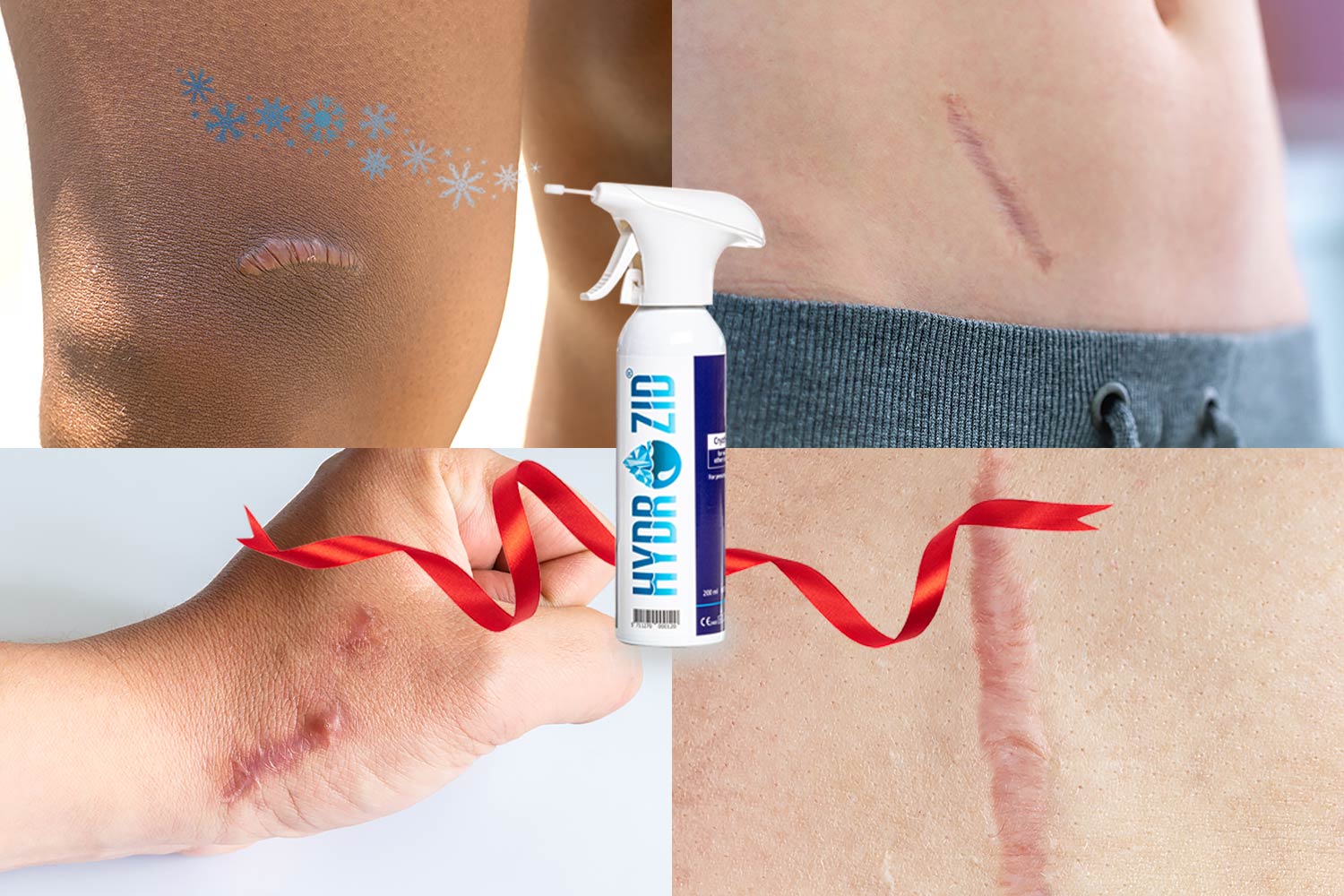A keloid, or keloid scar, is a raised scar that occurs after a skin injury. A keloid can occur wherever there is a skin injury but generally appears on the shoulders, chest, cheeks, or earlobe.(1) Some injuries that can lead to keloids include a surgery cut, a piercing, a burn, chickenpox, or acne.(2) While keloids are not harmful to one’s health, people may be bothered by the appearance of a keloid and thus seek treatment.(1)
Signs and symptoms of a keloid include:
- Thick, irregular scarring, typically on the earlobes, shoulders, cheeks, or middle chest;
- Shiny, hairless, lumpy, raised skin;
- Varied size, depending on the size of the original injury and when the keloid stops growing;
- Varied texture, from soft to firm and rubbery;
- Reddish, brown or purplish, depending on skin color;
- Itchiness;
- Discomfort.(1)
Generally, a dermatologist can diagnose a keloid by its appearance alone. If a keloid resembles a skin growth that may be dangerous, a dermatologist will perform a skin biopsy, removing a small section of the growth.(3)
Often, there is a treatment plan for keloids that combines different methods of treatment, according to the American Academy of Dermatology. In cryotherapy, the keloid is frozen while saving the skin underneath. Used to reduce the size and hardness of a keloid, cryotherapy is often used in combination (before and after) with the injection of corticosteroids, in order to make the injection more effective. (3)
Hydrozid® is an FDA cleared portable cryosurgery/cryotherapy device, designed for primary care physicians, pediatricians, dermatologists, and podiatrists, for the treatment of small keloids, actinic keratosis, skin tags, warts, and a number of additional benign and premalignant skin conditions. Qualified providers, visit to set up an account and order.
(1) Mayo Clinic, Keloid Scars, https://www.mayoclinic.org/diseases-conditions/keloid-scar/
(2) Thomason, E. MD (reviewer), University of Michigan, Keloid Scars, https://www.uofmhealth.org/
(3) American Academy of Dermatology, Keloids: Diagnosis and Treatment, https://www.aad.org/public/diseases/a-z/keloids-treatment


